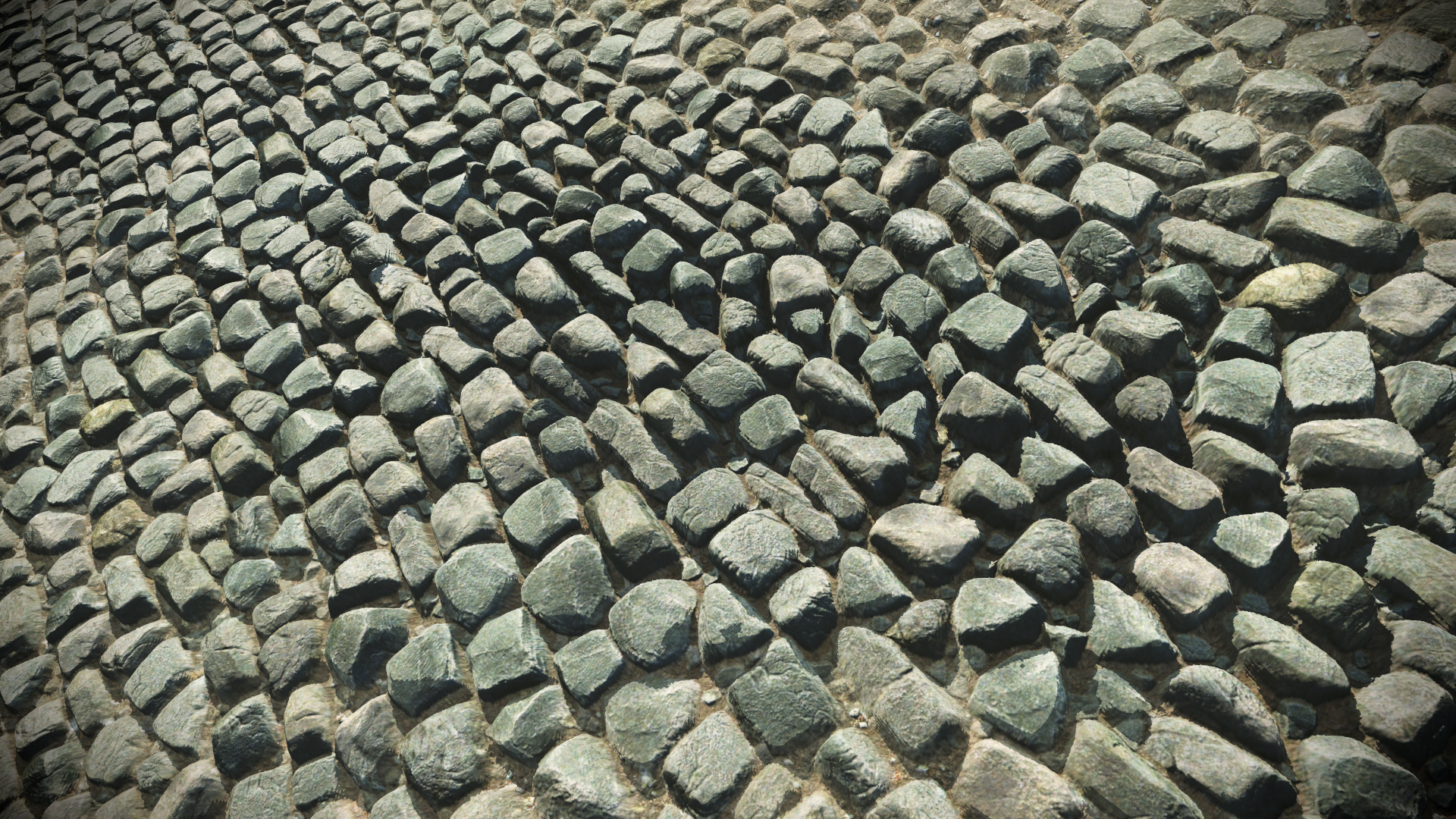upnorthsox
Veteran
I was just thinking about that, but IMO that would not give you any 3d picture. Certainly not any real depth as then every single object within the scene would have the same offset (by the 240 pixels you offset left/right in your example), so you wouldn't be able to simulate depth... certainly not forward/backwards movement. I think you'd end up with a slightly strange image that is still very 2 dimensional.
Such is the beauty of the parallax view.
Remember; the depth is achieved by a non-consistent overlap of objects. The closer an object is, the more the offset needs to be. The less offset you have, the farther away the object is. You can imagine doing this by moving a pencil between your eyes closer and farther away. Note by closing one eye (but still looking straight) at a time you will see that the pencil will more offset the closer you move it. I.e. when it's very close to your nose, from your left eye, the pencil will be far right, from your right eye, it will be far left. When the pencil is farther away (lets say 20 meters, assuming you have that long arms), it will be closer to the middle from both eyes view point.
To achieve this, you need to render the same scene from two different angles, hence why 3d is costly to render in a realtime application.
Remember that the optics will also do some warping of those pixels from the eye's perspective, you also get some 3d effects from the higher frame rate. Now you can also do pixel manipulation too if you want but why? Any thing you do will be pretty subtle and then you difficulty using those pixels for the alternate display.


